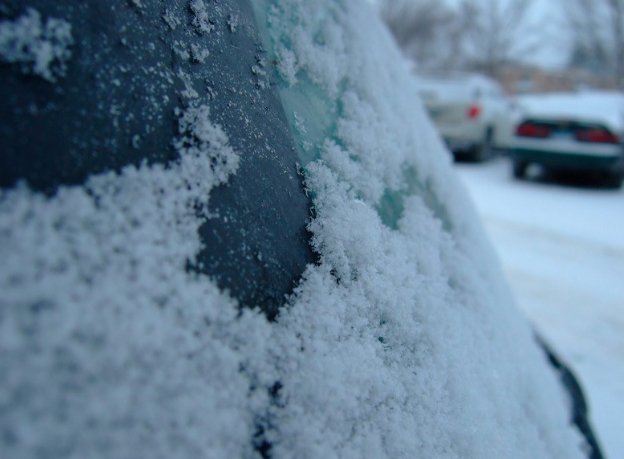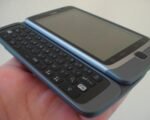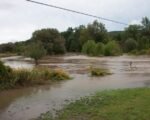Winter is here, and so is the annoying problem of frost on your windshield. Frost is a thin layer of ice that forms on a surface when the air temperature drops below the dew point, the point where the air can no longer hold the water vapor. Frost can reduce your visibility and damage your windshield wipers, so it is important to know how to remove it effectively and safely.
What Causes Frost Formation?
Frost forms when the air contains more water vapor than it can normally hold at a specific temperature. The excess water vapor deposits onto a freezing surface, such as your windshield, and forms ice crystals. The shape and size of the crystals depend on many factors, such as the temperature, the humidity, the wind speed, and the surface roughness.
There are different types of frost, such as radiation frost, advection frost, window frost, and rime. Radiation frost, also called hoarfrost, is the most common type of frost that forms on the ground or exposed objects outside. It occurs when the surface cools down faster than the surrounding air, usually at night. Advection frost is a collection of small ice spikes that form when a cold wind blows over a surface. Window frost forms when a glass window is exposed to cold air outside and moist air inside. Rime is frost that forms quickly, usually in very cold, wet, and windy climates. It sometimes looks like solid ice.
How to Prevent Frost from Forming?
The best way to deal with frost is to prevent it from forming in the first place. Here are some tips to avoid frost on your windshield:

- Park your car in a garage or a covered area, if possible. This will protect your windshield from the cold air and the moisture.
- Cover your windshield with a frost guard, a blanket, a towel, or a piece of cardboard. This will create a barrier between the windshield and the air, and prevent the water vapor from depositing on the glass.
- Use an anti-frost spray or a solution of water and vinegar on your windshield. This will lower the freezing point of the water and make it harder for the frost to form.
- Turn on your defroster and your heater before you turn off your car. This will warm up the windshield and reduce the temperature difference between the inside and the outside of the car.
How to Remove Frost from Your Windshield?
If you already have frost on your windshield, you need to remove it carefully and completely before you drive. Here are some tips to remove frost from your windshield:
- Start your car and turn on your defroster and your heater. This will melt the frost from the inside and the outside of the windshield. You can also use your air conditioner to dehumidify the air inside the car and prevent fogging.
- Use a plastic scraper or a credit card to scrape off the frost from the windshield. Do not use a metal scraper or a knife, as they can scratch the glass. Do not use hot water, as it can crack the windshield due to thermal shock.
- Use a de-icing spray or a solution of water and alcohol on your windshield. This will dissolve the frost and make it easier to scrape off. You can also use a hair dryer or a portable heater to blow hot air on the windshield, but be careful not to overheat the glass.
- Wipe your windshield with a microfiber cloth or a paper towel to remove any residue or streaks. You can also use a windshield washer fluid or a glass cleaner to improve the clarity of the glass.
How to Drive Safely in Frosty Conditions?
Driving in frosty conditions can be challenging and dangerous, as the roads can be slippery and the visibility can be low. Here are some tips to drive safely in frosty conditions:
- Check the weather forecast and the road conditions before you leave. Avoid driving if the weather is too severe or if there are warnings of black ice or freezing rain.
- Clear your windshield, your windows, your mirrors, and your lights of any frost, snow, or ice. Make sure you have a good visibility of the road and the traffic.
- Drive slowly and cautiously. Leave enough space between you and the vehicle in front of you. Brake gently and gradually. Avoid sudden turns or lane changes. Use your headlights and your turn signals.
- Be prepared for emergencies. Have a winter survival kit in your car, including a flashlight, a blanket, a first-aid kit, a shovel, a scraper, a jumper cable, and some snacks and water. Have a cell phone and a charger with you. Know how to contact roadside assistance or emergency services.
Frost on your windshield can be a nuisance, but it can also be a hazard. By following these tips and tricks, you can prevent, remove, and deal with frost on your windshield effectively and safely.














